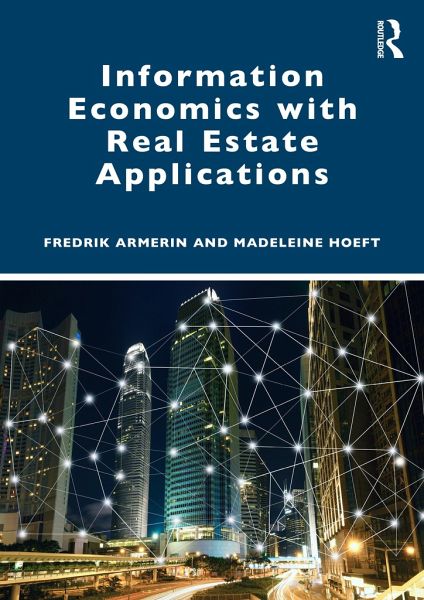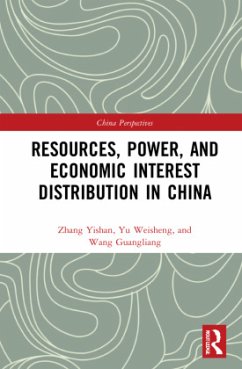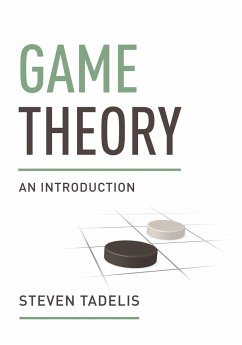
Information Economics with Real Estate Applications
Versandkostenfrei!
Versandfertig in 6-10 Tagen
51,99 €
inkl. MwSt.
Weitere Ausgaben:

PAYBACK Punkte
26 °P sammeln!
Information Economics with Real Estate Applications provides the reader with an academic toolkit to understand strategic interactions of individuals and companies in a world of scarce resources and asymmetric information. Beyond theoretical frameworks and models, examples in the real estate and construction industry are used to illustrate the practical relevance of the concepts discussed.Property developers, brokers, construction firms and investment managers - as individuals or companies - make decisions in response to their clients', customers' and partners' behaviours. To align conflicting ...
Information Economics with Real Estate Applications provides the reader with an academic toolkit to understand strategic interactions of individuals and companies in a world of scarce resources and asymmetric information. Beyond theoretical frameworks and models, examples in the real estate and construction industry are used to illustrate the practical relevance of the concepts discussed.
Property developers, brokers, construction firms and investment managers - as individuals or companies - make decisions in response to their clients', customers' and partners' behaviours. To align conflicting interests and achieve optimal outcomes for individuals, companies and society at large, those interactions need to be governed efficiently. Using models from microeconomics and contract theory, this book helps the reader to analyse the complex relations between different industry stakeholders from the perspective of markets and organisations.
Although it mainly targets students at the Masters or PhD level in real estate or similar subjects without previous knowledge in information economics, the general theory presented should be of interest to any student who wants an introductory text in information economics. At the same time, by building upon real-world examples, the book allows industry practitioners to reflect on and optimise their strategic decision-making in a more structured way.
Property developers, brokers, construction firms and investment managers - as individuals or companies - make decisions in response to their clients', customers' and partners' behaviours. To align conflicting interests and achieve optimal outcomes for individuals, companies and society at large, those interactions need to be governed efficiently. Using models from microeconomics and contract theory, this book helps the reader to analyse the complex relations between different industry stakeholders from the perspective of markets and organisations.
Although it mainly targets students at the Masters or PhD level in real estate or similar subjects without previous knowledge in information economics, the general theory presented should be of interest to any student who wants an introductory text in information economics. At the same time, by building upon real-world examples, the book allows industry practitioners to reflect on and optimise their strategic decision-making in a more structured way.














